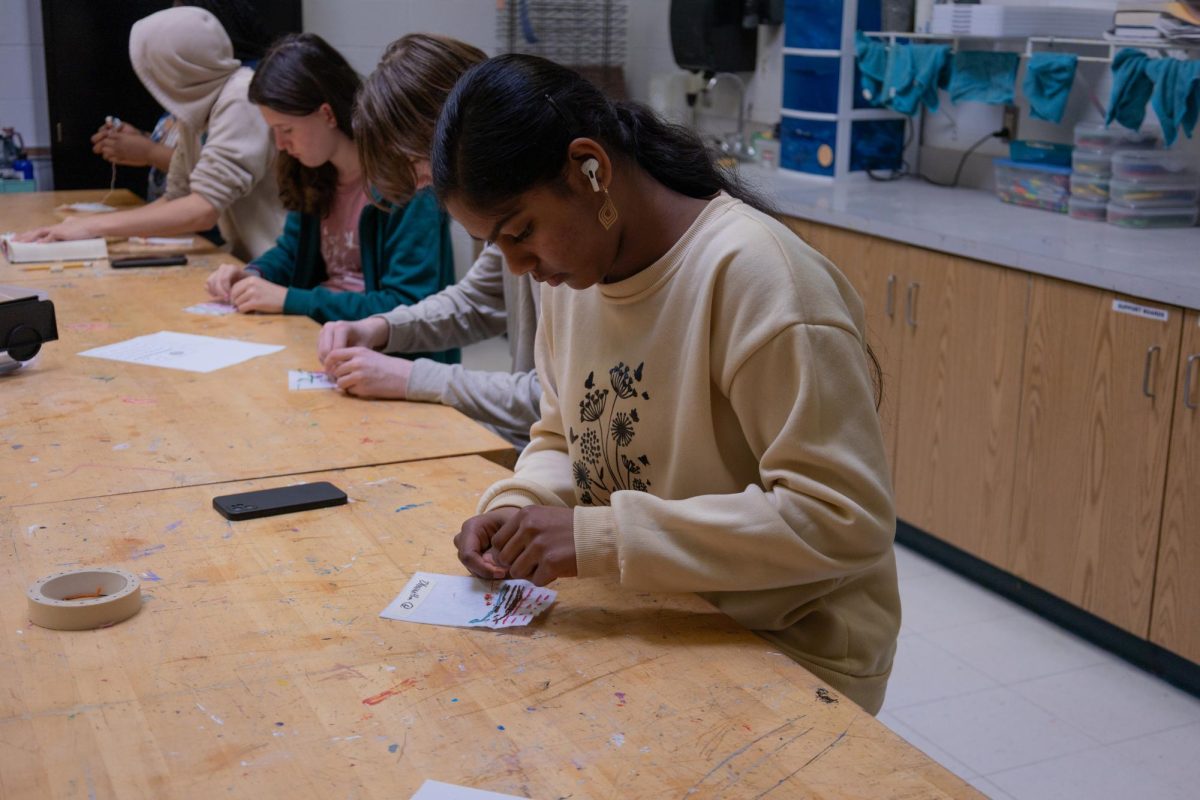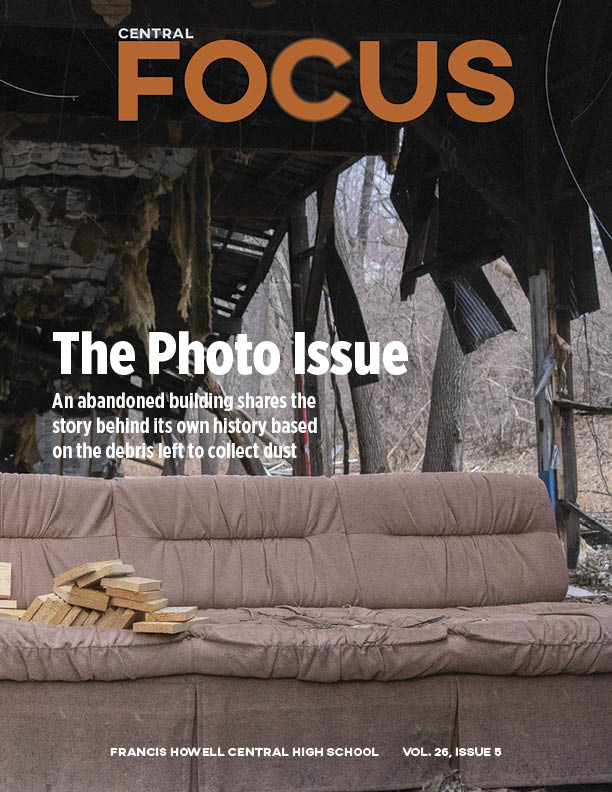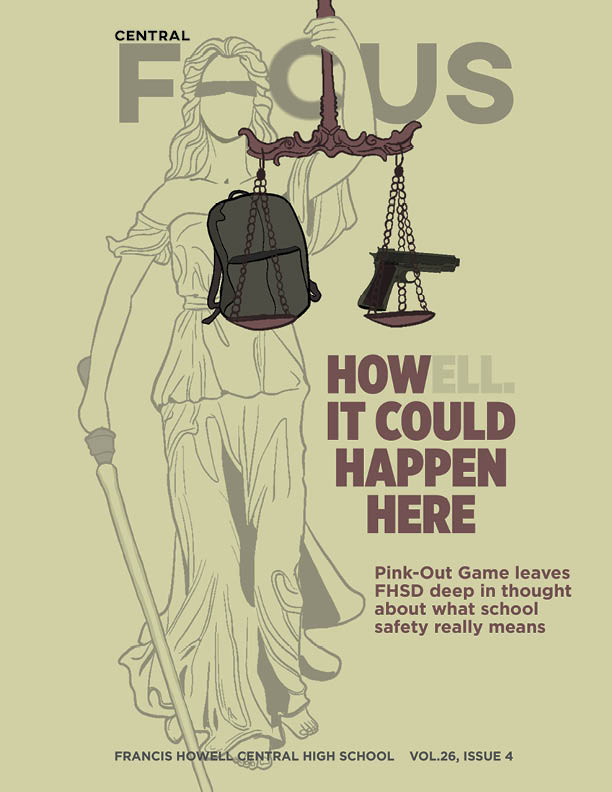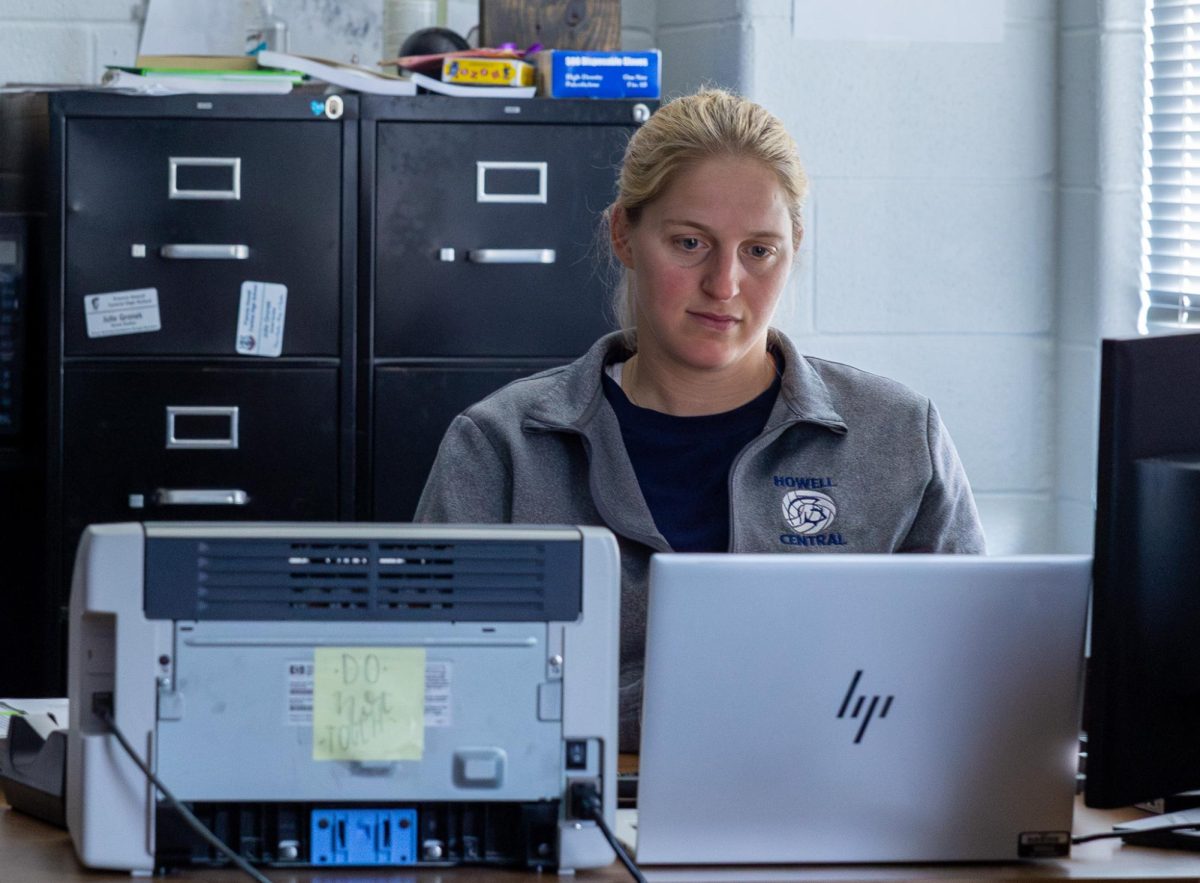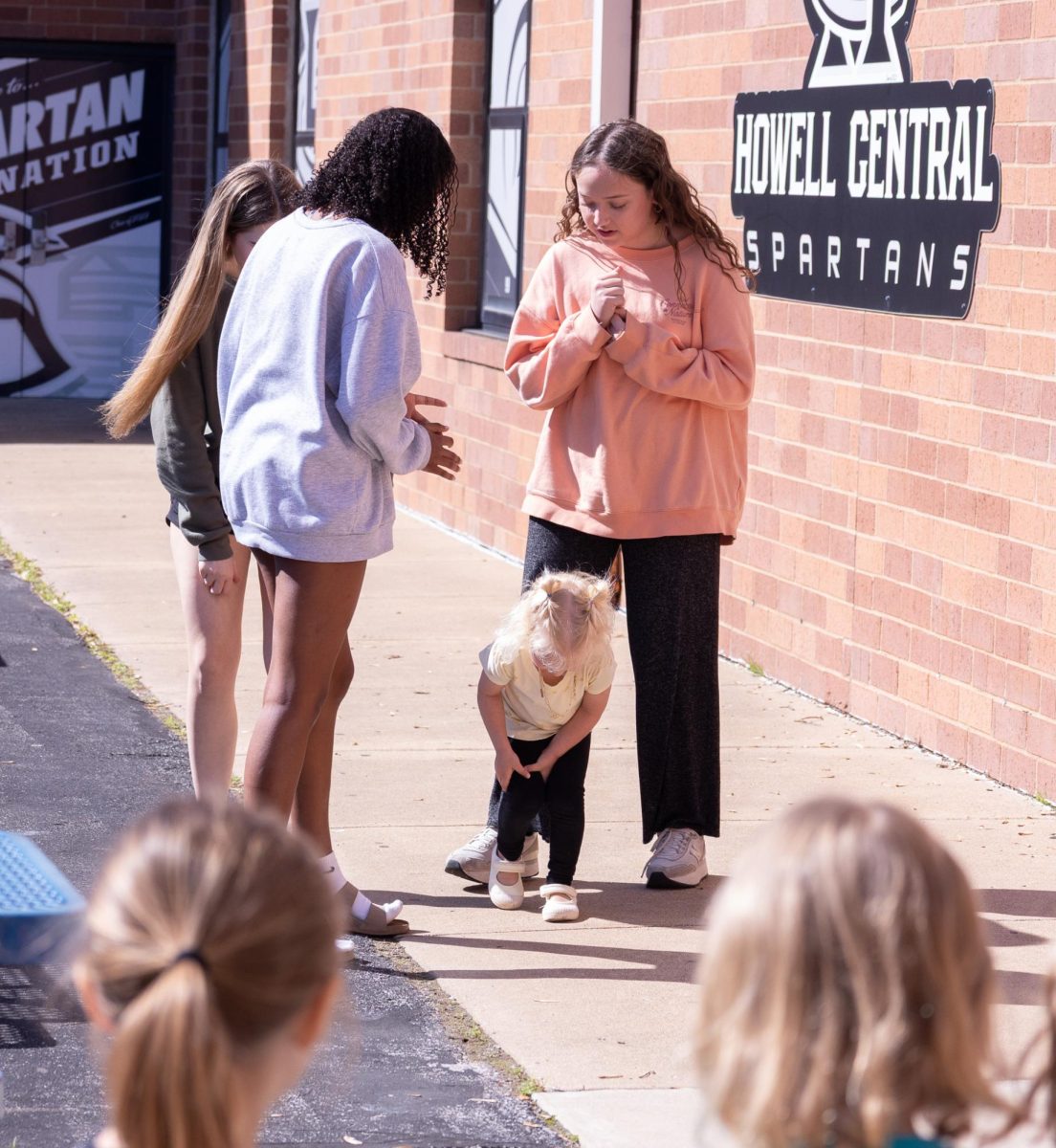Especially after the quarantine era, the online art community has paid more attention to the rise of young and talented artists — like it’s a phenomenon of its own. Prodigies between the ages of 11 and 16 rapidly gain attention, and other, usually older artists have varied reactions to it. Sentiments of “You’re kidding me — you’re telling me that this kid is a few years younger than me, but can draw better than I can?” and “All right, I guess I’ll quit art now” seem to fill those comment sections and bury the less self-derogatory feedback from more appreciative commenters.
Artists are well-known to be their own biggest critics, and anxiety in teenagers has been increasing. Art is constantly evolving and changing: Outside criticism can cut deep and stick with them more than the average person, even if it’s with the best intentions. Hundreds of comments raising an artist up or putting them down can sustain an associated positive or negative effect; complimented artists may have their self-esteem raised, gain a larger online following, and/or look down on poorer creators, while criticized artists may feel like they can’t live up to others’ skill level, learn how to accept and learn from criticism, and/or feel discouraged to continue.
As an artist himself, junior Tyler Cordray understands the jealousy critics have, to a certain degree. However, he recognized the downside to jealous feedback.
“I definitely think a lot of young prodigy artists can tend to hide their work,” Cordray said. “I know a few people who were really good at art, but they didn’t talk about it ever because they always got people either asking them to draw stuff for them or they got constant comments like ‘I can’t draw anything.”
Many artists get comments like Cordray mentioned, but online discussion has made it easier for anyone and everyone to give feedback on. Drawing I, Printmaking I, and AP Art & Design teacher Megan Clayton found that in-person feedback often has more merit than online discussion, especially with experience as an independent artist and art teacher.
“I think that’s the hard part of [going] online,” Clayton said. “You get the immediate satisfaction if things are going well, but negative things last with you a lot longer and there’s no one there to really pick you up. You need that in-person community to keep going. And so, yeah, I think there is a huge risk in throwing our work out there on the internet when we’re still in a learning process or in a student or scholarly kind of environment because people like to rip each other apart on the internet.”
Whereas those young prodigies get heaps of comments wishing that others could draw like them, younger artists who draw more poorly get just as many hate comments—often telling them to stop creating art entirely. Hailey Early, one of Central’s seniors and many artists, didn’t see the point to online criticism in any negative form.
“I don’t think it’s okay to compare artists — young artists in their teenage years and younger — because [your] art is going to develop throughout your life, no matter what it is,” Early said. “Even if you look like you’re drawing stuff that Leonardo da Vinci would be making and look at another 11-year old who can barely draw a realistic eye, I don’t think that it’s okay to compare that.”

Comparing teens at the same level when they’re varying skill levels is expected to have a drawback. Additionally, Early feels like this sort of feedback can be detrimental even to the more talented artists.
“I think it can give them the complex of thinking that they are better than other artists, where they feel the need that they can rudely comment on other people’s art instead of giving that criticism” Early said. “If they do end up going to art school and they start getting criticism, then it’s going to put them in a bad mental health spot because they’ve never experienced this before.”
Art teachers are often aware of skill gaps between students, too. Many art classes contain students with differences in grade, skill level, motivation, and confidence.
“We try to cultivate a [positive] environment because art is about process and learning,” Clayton said. “My expectation as a teacher is not that you come in amazing, because why would you need to take the art class if you’re already awesome at it? [We try] to get rid of the idea that you have to be amazing. [We’re] trying to create brave, courageous students that are willing to try something and potentially fail at it, with no pressure.”
Failure can be intimidating for a lot of teenagers. There’s always one peer that’s better than them at something. However, criticism—constructive or not—can have its upsides, according to Early.
“[Poorer artists] are going to end up handling criticism well, since they dealt with it when they were younger and were able to build off of it,” Early said. “Art can come in different ways; you either have to develop it for it to look good, or it could just come naturally to you. Those where that comes naturally to and don’t have to build their [skill] are when you get the egotistical, ‘I’m better.’ I think that people who end up developing their art just tend to take things a lot better.”
Overall, quite a few artists look down upon online critics for giving unconstructive feedback on teenagers’ art. As with every complex issue, it has the potential to leave positive effects as well. Opinions differ on what’s ugly and what’s beautiful all the time.
“I just don’t think [that] there should be as much of a focus on whether art is bad or good, because that doesn’t exist; it’s all subjective.” Cordray said. “And I think all art should exist. I never feel very jealous. There’s still some of ‘how can someone so much younger than me be so much better at something I’ve been doing all my life;’ you can’t deny that some of that gets to you. But it’s definitely very nice to see young people interact with art.”




